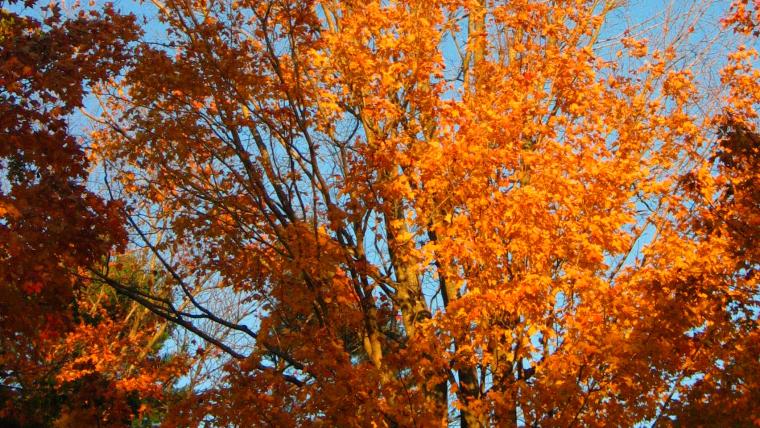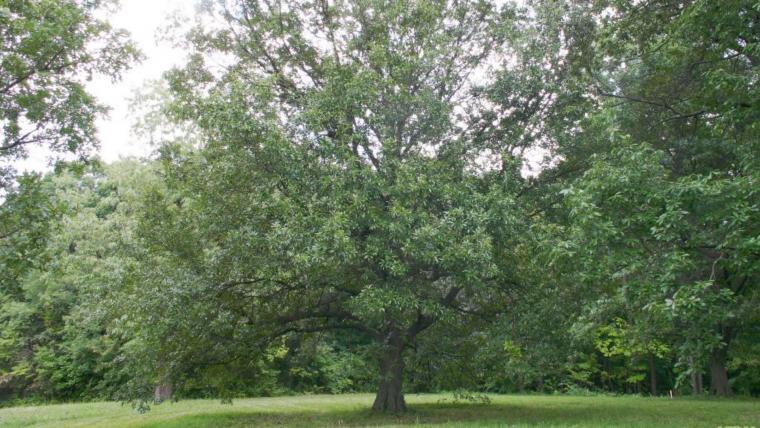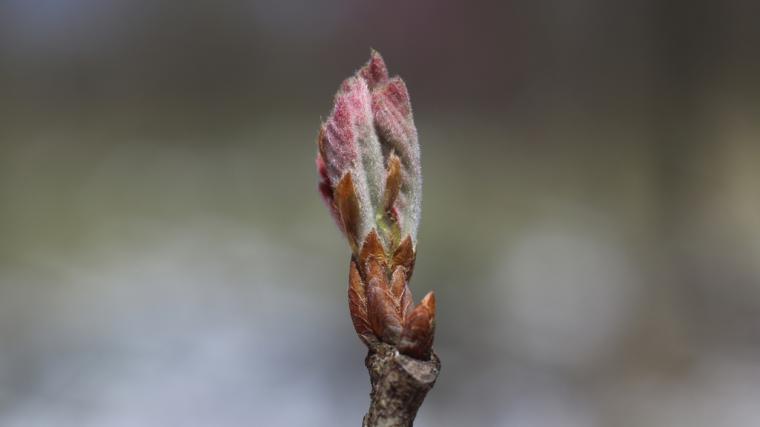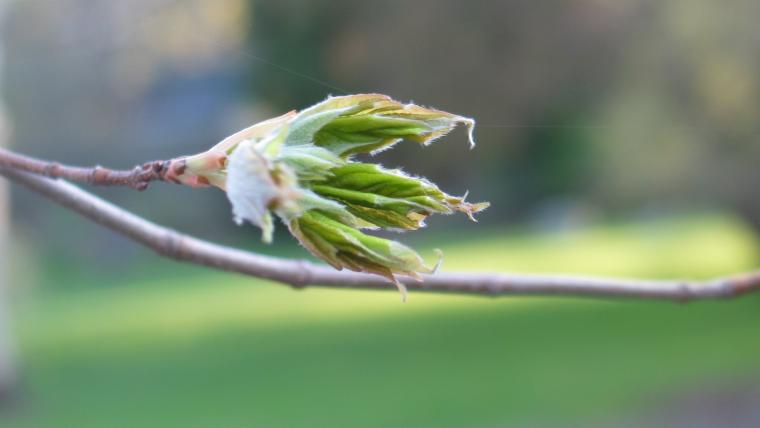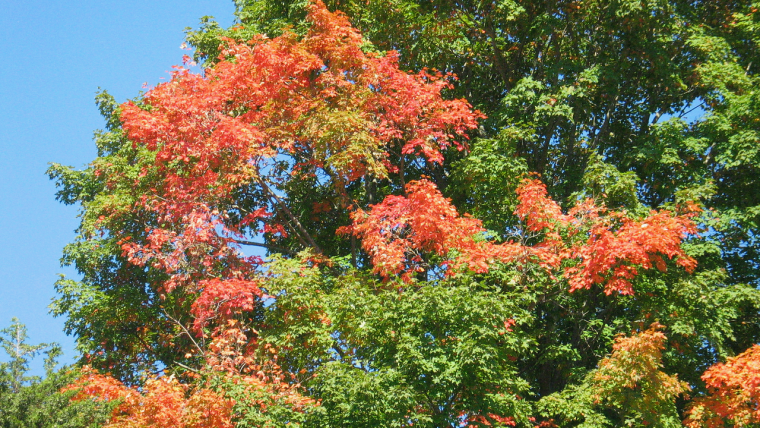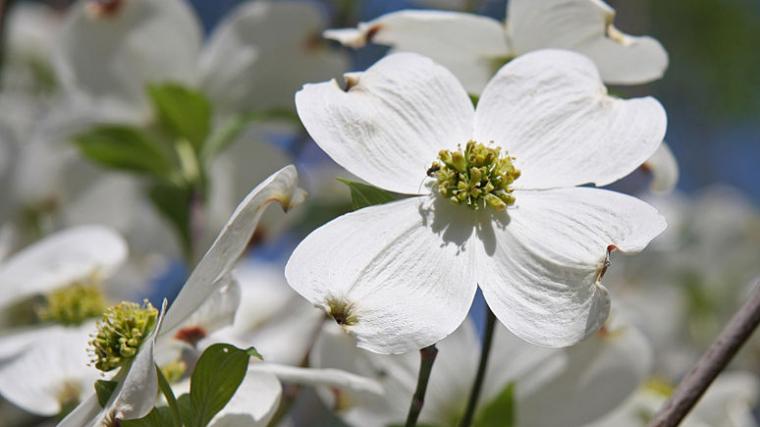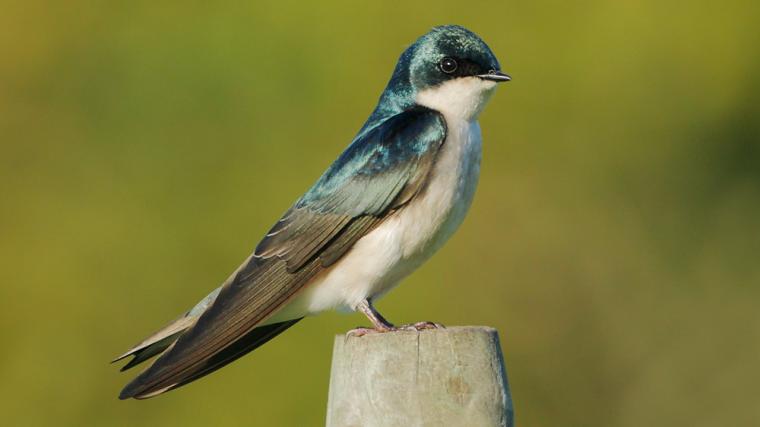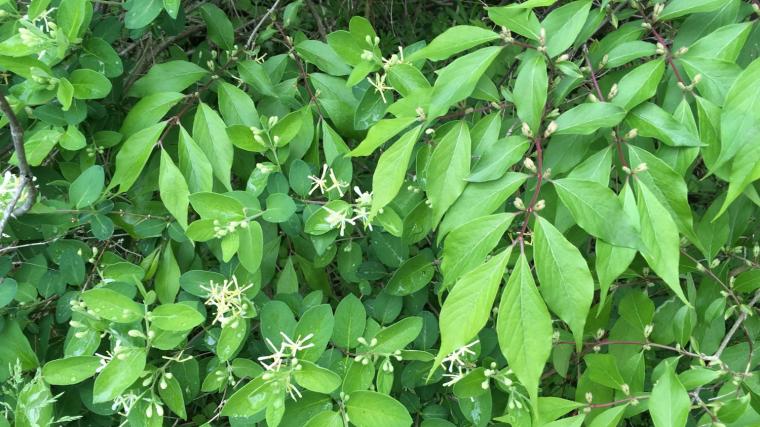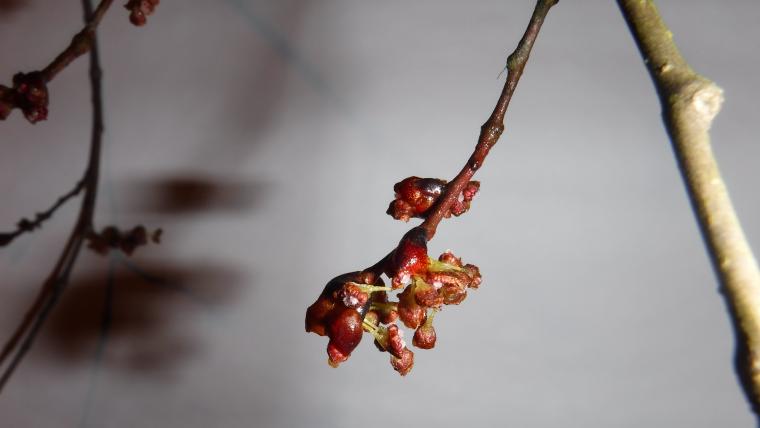
Citizen science data spanning two centuries illuminate changes in plant phenology
Fri, Jul 22, 2022
The authors compared a historical dataset of plant phenology recorded in New York state from 1826-1872 to contemporary observations collected through Nature’s Notebook from 2009-2017. On average, plants flower 10.5 days earlier and leaf out 19 days earlier now than 200 years ago. The authors found impacts of urbanization, greater advancement of flowering timing in earlier season species and greater advancement in trees and shrubs than forbs, and greater advancement in insect-pollinated species. The standardized observations you record in Nature’s Notebook are invaluable for understanding the direction and magnitude of changes in the timing of life cycle events of plants and animals.

